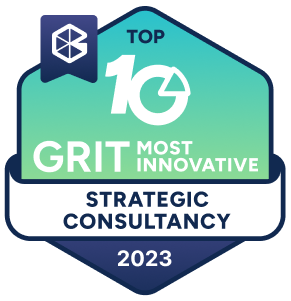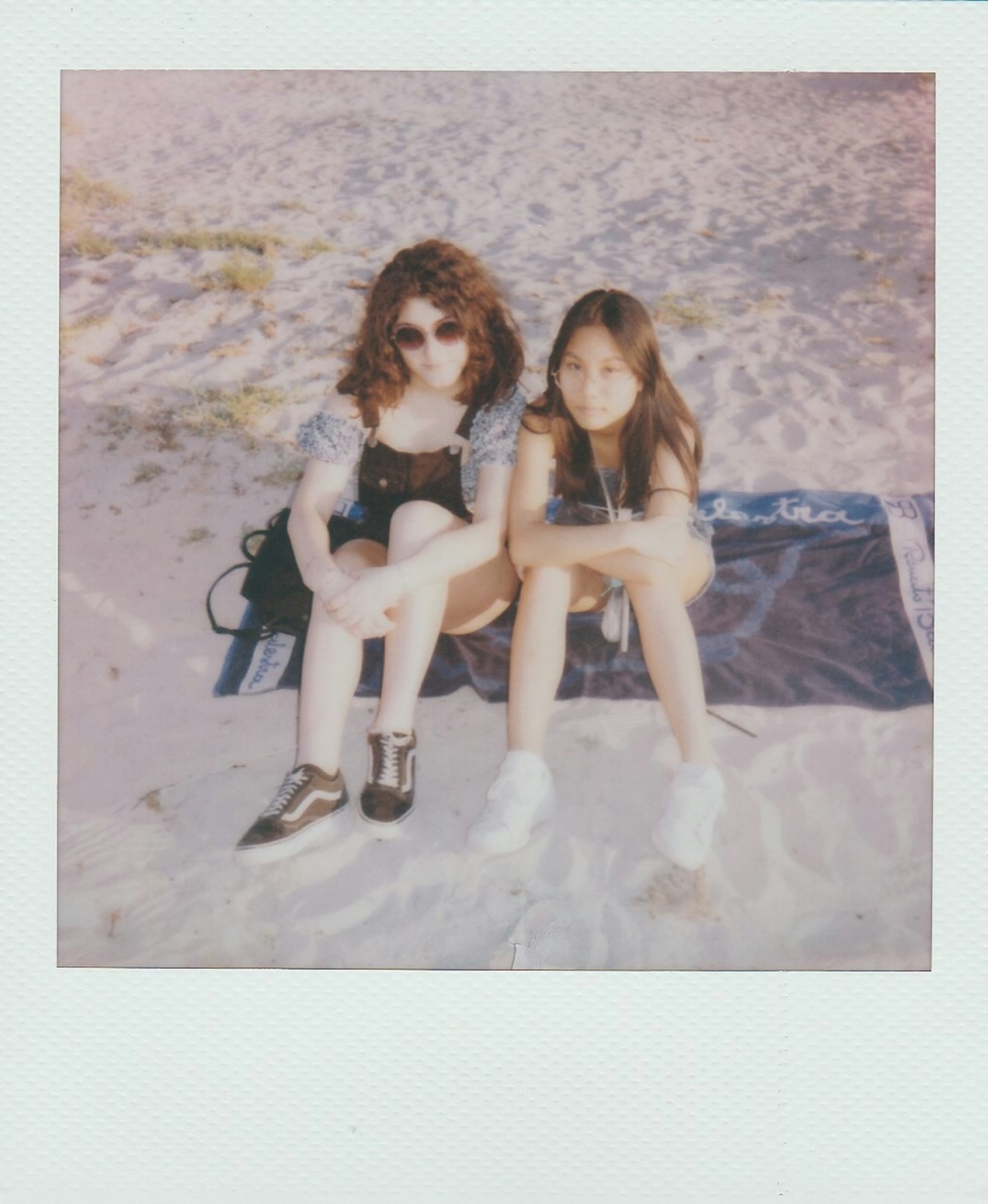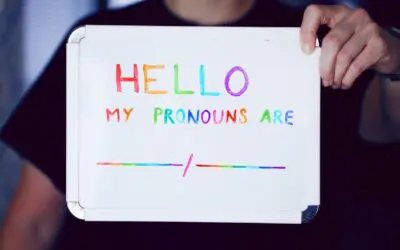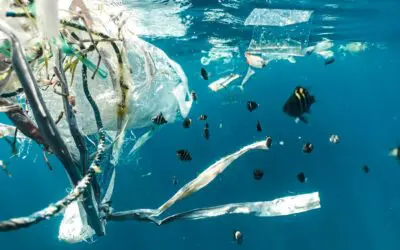One cannot disregard Gen Z’s pivotal role in shaping market dynamics; they wield considerable influence in population size and purchasing power, which is set to strengthen in the years to come. It is estimated that the generation will account for 40% of global consumers and contribute over US$450 billion in spending power by the end of 2023 (Snapchat, 2023).
Efforts to comprehend this cohort have been a focal point for many stakeholders in recent years. Recognising their influence on the market, numerous entities have dedicated significant resources to tailor their products and services to meet the ever-changing needs of Gen Z.
It may be enticing to interpret this cohort through a global-scale, singular perspective – envisioning them as a generation of creative, digitally adept, socially conscious individuals interconnected globally through social media trends. However, adopting a singular global lens may lead to a sense of deceptive uniformity. It risks overlooking and oversimplifying the diverse lived realities of Gen Z individuals.
It is important to note that their reality is not solely dictated by a singular force of digital media consumption; rather, it is a mosaic of external socio-cultural influences and personal motivations that intricately intersect with one another.
ADOPTING A PESTLE LENS INTO LOOKING AT THE GEN Z COHORT IN INDONESIA
The dynamic and complex nature of everyone within a given cohort necessitates a deeper level of understanding, acknowledging the multifaceted realities that shape their lives.
To navigate the intricate landscape of consumers, we may adopt a PESTLE analysis (Political, Economic, Social, Technology, Law, Environment) – a comprehensive examination of various sociocultural forces that shape the cohort’s intersecting lived realities, as illustrated in this graphical framework:
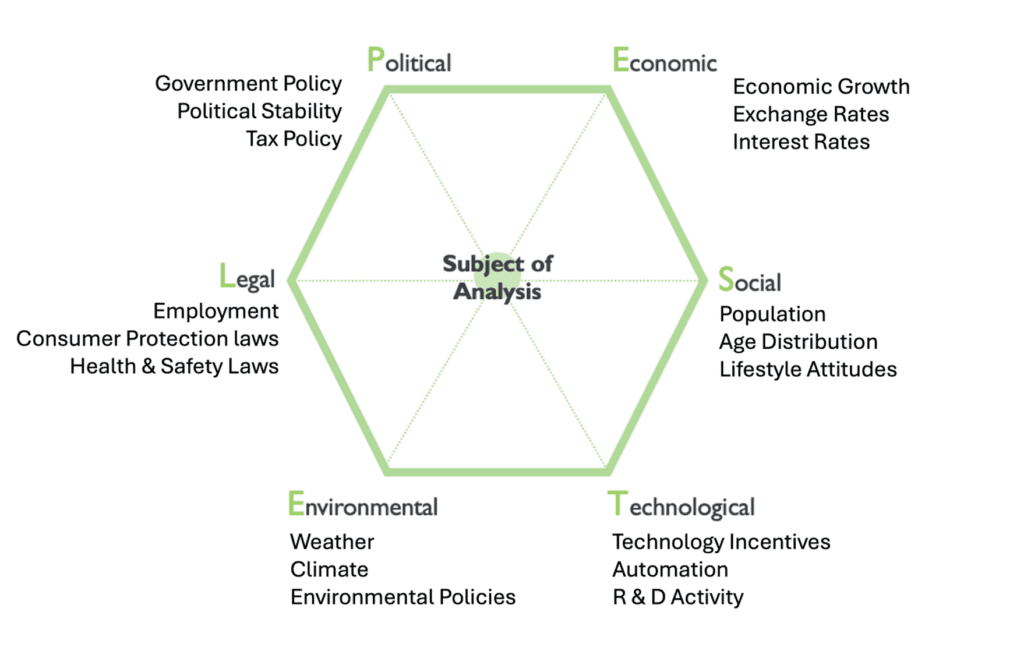
Taking Gen Z in Indonesia as a case study – a market renowned for being one of the largest and most vibrant economies in the Asia Pacific region. With a population of 273.8 million people, making it the fourth most populous country worldwide, and with 27.94% of its inhabitants born between 1997 and 2012, Indonesia boasts one of the largest Gen Z demographics. This underscores the critical need for brands to delve into, and comprehend, the multifaceted landscape of the Gen Z population.
The PESTLE framework allows us to investigate the macro influences and help grasp the essence of a generational cohort – especially one as diverse and dynamic as Gen Z.
To superficially illustrate the power of the PESTLE framework, let’s look at the political, economic, and social influences that shape this cohort:
POLITICAL: The country is notably on a visible growth trajectory, with a ‘Golden Indonesia’ 2045 projection to attain high-income status. Embedded within this projection is a crucial focus on the key role of the working-age demographic, which is now predominantly led by Gen Z.
President Joko Widodo preemptively solidified this Gen Z capitalisation discourse in 2019, as he appointed seven young famous figures to be special advisors in his Executive Office – one born in 1996, representing the promise of Gen Z’s contribution to the country.
Thus, driven by the political narrative propelled by government projections, the Indonesia Gen Z cohort now bears the weight of being a key vessel for the country’s growth trajectory.
ECONOMIC: A survey conducted in 2023 by BPS-Statistics Indonesia stated that the number of unemployed reached 7.86 million out of a total workforce of 147.71 million people. This unemployment rate is dominated by people aged 15-24 years or those belonging to Gen Z.
While the narrative set by the government highlights the cohorts’ prominent role in the political scene, it has overlooked the substantial disparity in access to employment opportunities among Gen Z – thus increasing the tension and putting a significant burden on the Gen Z cohort.
SOCIAL: Thepandemic has altered the life trajectory of this generation. The years that were supposed to mark Gen Z’s crucial milestones – graduating from school, entering the workforce, or pursuing higher education – coincided with immense uncertainty because of COVID-19.
Gen Z in Indonesia faces considerable pressure to succeed, mainly due to their formative years in an economy that experienced significant growth and promoted high expectations of economic mobility. However, this abrupt shift from earlier economic optimism to the harsh realities of limited prospects added a significant burden to Gen Z, forcing them to confront the gap between their ambitions and the uncertainties of the economy.
In the face of the prevailing narrative propagated by the government, market surveys, and mass media, which tends to oversimplify Gen Z as solely digital natives and economic contributors, the multifaceted realities driven by these macro influences reveal a nuanced tension. Therefore, it is crucial for brands to initially recognise the underlying tensions that shape the everyday experiences of Gen Z.
Let’s look at some Indonesian brands that have successfully built communications that resonate with Gen Z.
Optika Lunett, an up-and-coming local eyewear brand, has positioned itself successfully among Gen Z by leveraging TikTok as its key communication platform. Their approach involves strategically embedding product marketing within comedic skits that resonate with the daily challenges faced by urban Gen Z individuals. Themes such as commuting fatigue and office job struggles are depicted in an authentic and relatable manner.
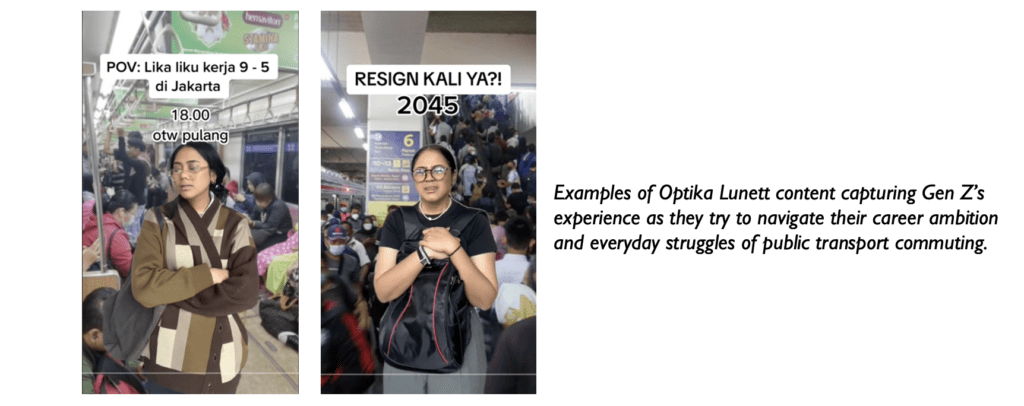
Another example comes from Greenfields, a local dairy company that adeptly taps into the everyday tensions experienced by Gen Z. Their campaign, #ExtraMager (Mager being a well-known Indonesian abbreviation for Malas Gerak, or “lazy to move” in English), seeks to challenge the common stereotype that portrays Gen Z as inactive and lazy.

Through its brand communications, Greenfields aims to shed light on the reality of Gen Z, which is often misconstrued as lazy when, in fact, they actively seek inspiration and plans for their future ambitions. The brand encourages Gen Z to reclaim the term ‘Mager’ and reinterpret it as Mau Gerak, meaning “want to move,” thus empowering them to defy stereotypes and embrace their desire for action.
The above examples from the two brands illustrate how authenticity, which involves capturing the nuanced realities of Gen Z and their everyday tensions, is key to building meaningful communication with this cohort.
The PESTLE lens could be adopted by brands who wish to identify and establish a foundational understanding of this cohort. However, it is important to note that adopting a PESTLE lens calls for a more comprehensive and profound exploration, recognising that each macro force encompasses multiple influences beyond what has been explored above.
Thus, this article serves as a provocation piece presenting an alternative perspective for understanding the complexities of the Gen Z cohort. It urges us to unlearn the perception of identity as a monolithic concept but rather emphasises its intersectionality.
Taking a closer look at Indonesian Gen Z serves as an illustrative example. While a global narrative might provide a convenient overview, relying on such simplification risks exclusion and impedes the ability of brands to establish authentic connections with this cohort.
Acknowledging the diverse realities within this demographic enhances the potential for meaningful engagement, ensuring that marketing strategies resonate with the unique experiences and perspectives of Indonesian Gen Z.

